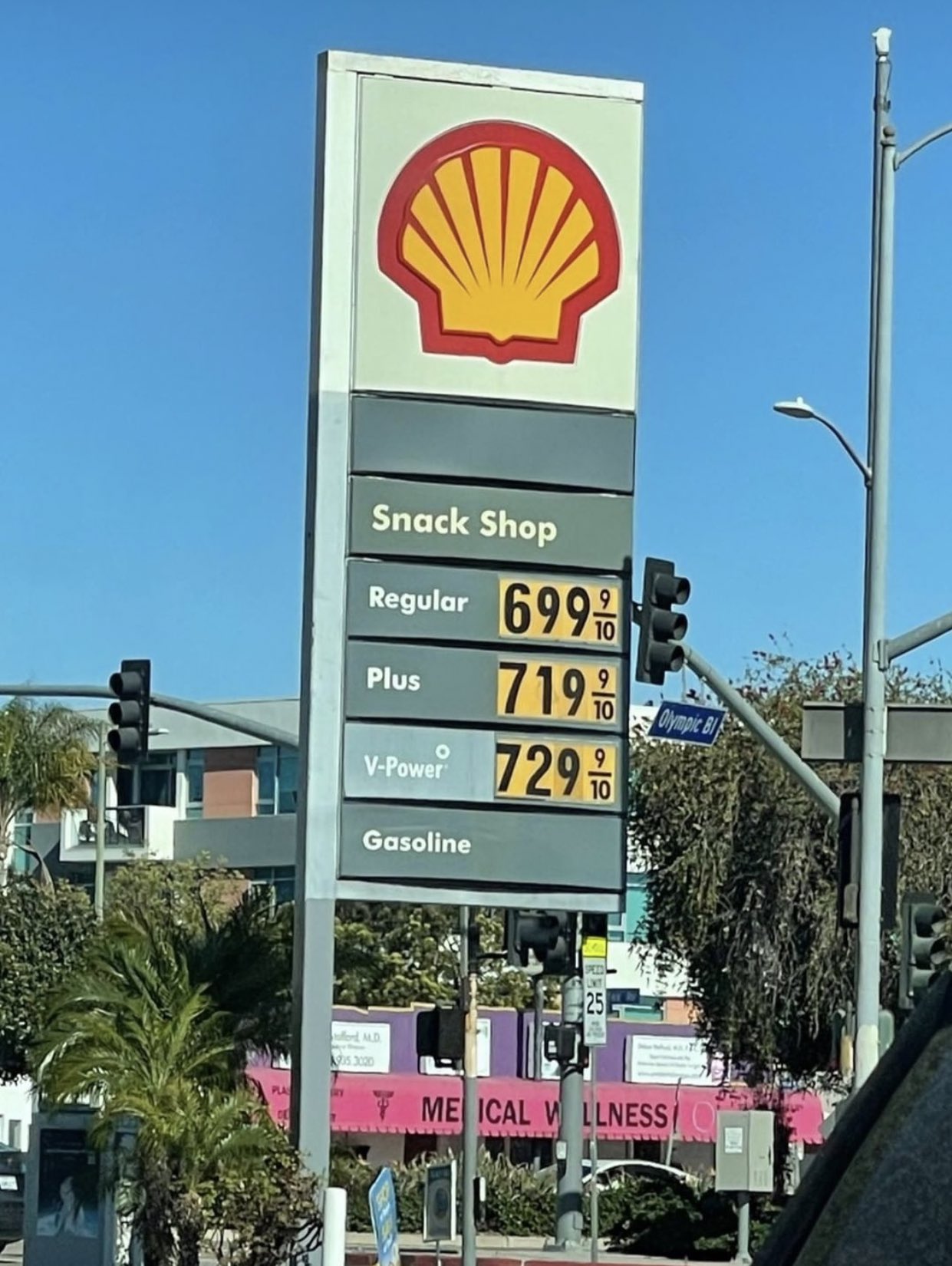JPMorgan Analyst Warns That Gas Prices May Surge to $6.20 by August
May 17, 2022
For the first time in US history, gasoline in every single state is above $4/gallon, while the national average US retail gasoline price just reached a new record high of $4.50 a gallon today. That’s up about 50 cents from a month ago, and a gigantic jump from $3.04 per gallon on the same day in 2021.
Don't get caught unprepared as things go south. Order an emergency antibiotic kit with 5 live-saving antibiotics prescribed directly to you by board certified physicians. Use promo code "MONSTER10" for $10 off. Having an emergency supply of antibiotics is crucial for the crazy times we are in.
Via CNN Business:
Gas prices reached all time record highs today in the US for the eighth consecutive day.
The average price for gasoline in California hit $6 a gallon Tuesday for the first time -- and analysts at JPMorgan are warning that price could be the national average before the end of the summer.
'Hard to get to $6'
East Coast inventories at decade low
Are you ready?
- Blue Monster Prep








